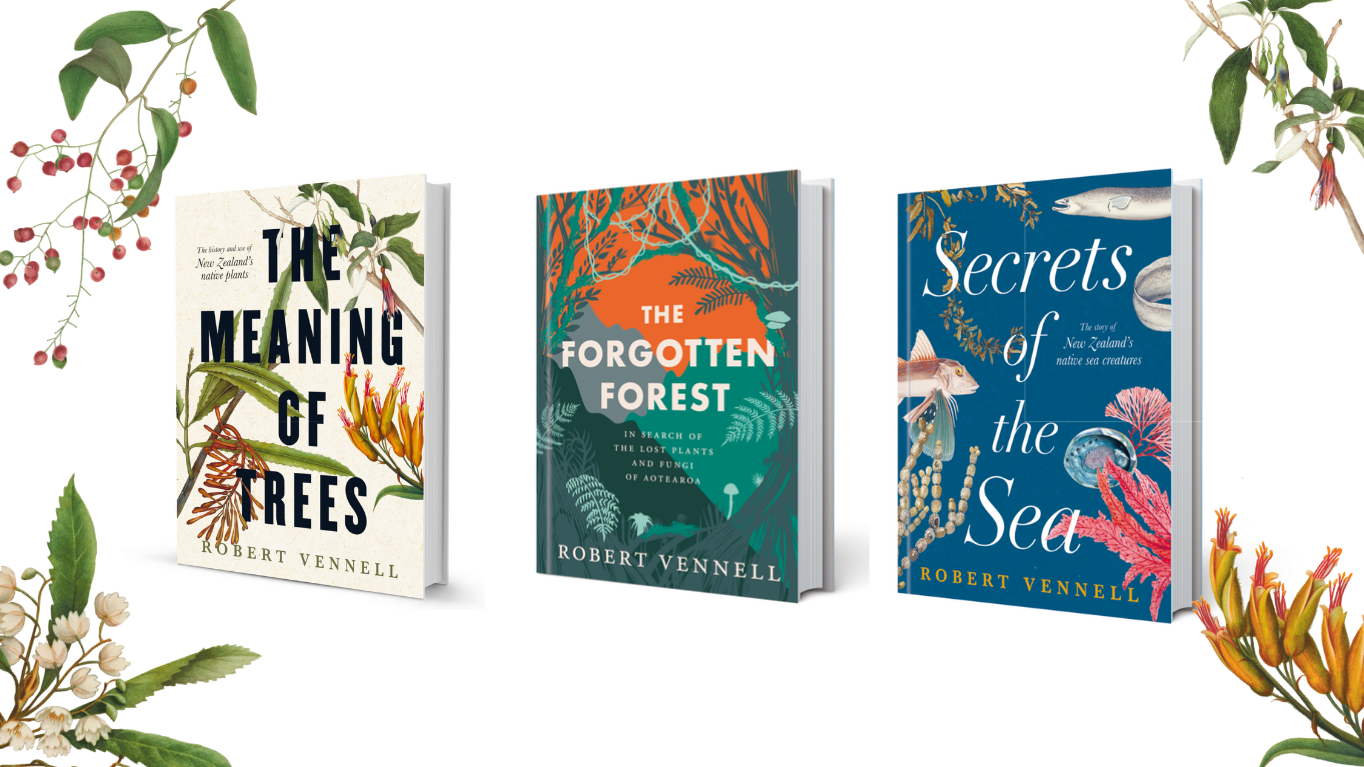Gondwanan Heritage
Gondwana was a large southern hemisphere super-continent that could essentially be thought of as the birthplace of New Zealand. It was composed of the modern day landmasses of Africa, South America, Australia, Antarctica, India, Madagascar and New Zealand and existed as an entity for hundreds of millions of years before being rifted apart by volcanic activity under the earth’s crust. Many species of extinct and extant plants show a ‘Gondwanan’ distribution, that is, related species are found spread across the continents that once belonged to Gondwana.
Much of New Zealand plant life owes a debt to its Gondwanan heritage, with a number of species that have existed since the time of the supercontinent. New Zealand has five species of Southern Beech (Nothofagus), which can also be found in Australia, New Guinea, New Caledonia, and South America. Fossil specimens have also been uncovered in Antarctica from a time when it was covered in forest. Glossopteris is a strange extinct plant species that somewhat resembled a tree fern that produced seeds. Fossils of the “seed-fern” have been found across all of the southern continents that comprised Gondwana.
The Birth of New Zealand
Around 500 million years ago, the New Zealand landmass first began to form on the ocean floor along the margin of Gondwana from eroded sediments and volcanic depositions. Around 200 million years ago this material caused a ‘log jam’ as tectonic activity forced more and more sediment together, eventually thrusting the New Zealand landmass above water for the first time in it’s history. The scientific debate is not yet finished, but its possible Kauri (Agathis australis),or something very much like it, colonised New Zealand at this time – along with the early members of the podocarp family (such as Totara, Rimu, Miro and Kahikatea).
Rifting & Drowning
 Around 85 Million years ago New Zealand was slowly torn away from Gondwana, with the Tasman Sea flooding into the rift between them. New Zealand was set adrift into the ocean with a colourful array of flora and fauna – an idea that has been dubbed by some as “Moa’s Ark.” Critically, this happened near the end of the time of dinosaurs and before the rise of mammals – so that unlike many other places, New Zealand flora was able to evolve in the absence of mammalian browsing. Initially, the plants were probably very similar to Australian species left behind on the gondwanan mainland with fossil evidence showing that bottlebrushes, eucalytpus and acacia were common. However with time and the changing positions of tectonic plates, the New Zealand species began to evolve in unique and fascinating ways.
Around 85 Million years ago New Zealand was slowly torn away from Gondwana, with the Tasman Sea flooding into the rift between them. New Zealand was set adrift into the ocean with a colourful array of flora and fauna – an idea that has been dubbed by some as “Moa’s Ark.” Critically, this happened near the end of the time of dinosaurs and before the rise of mammals – so that unlike many other places, New Zealand flora was able to evolve in the absence of mammalian browsing. Initially, the plants were probably very similar to Australian species left behind on the gondwanan mainland with fossil evidence showing that bottlebrushes, eucalytpus and acacia were common. However with time and the changing positions of tectonic plates, the New Zealand species began to evolve in unique and fascinating ways.
During the Oligocene period, evidence suggests New Zealand began to sink. Around 25 million years ago New Zealand was either completely submerged or only barely above sea level (another matter that is still the subject of debate amongst scientists). A “bottleneck” observed in some New Zealand species (a restriction in genetic diversity) lends credit to the latter idea that New Zealand remained partly above water. In this scenario, the land habitat would have been greatly reduced to a series of swampy, low-lying islands – increasing the extinction rate and reducing the genetic diversity of the survivors.
Uplift & Evolution
Fortunately, around this time the shifting movements of the Australian and Pacific plates brought them into a collison across the length of New Zealand. This compressed the New Zealand landmass and lifted it up, rescuing it from drowning. Around 7 – 5 Million years ago, the rotation of the pacific plate increased the angle of convergence and this extra colliding force lifted up the Southern Alps. This turned out to be an incredible boon for the diversity of New Zealand plants, providing a whole new range of alpine habitats to adapt to. Today, of the roughly 2000 species of native vascular plant in New Zealand, around 1000 are alpine species.

1. Title Photo: Kahikatea swamp forest, J. Sullivan CCBY
2. Reconstruction of a Glossopteris Plant, Credit: Metamorphosed Fossil
3. Kauri (Agathis australis) in Northern New Zealand, Credit: Tatiana Gerus



Great post in this cold autumn morning!
LikeLike
Awesome blog you havve here
LikeLike